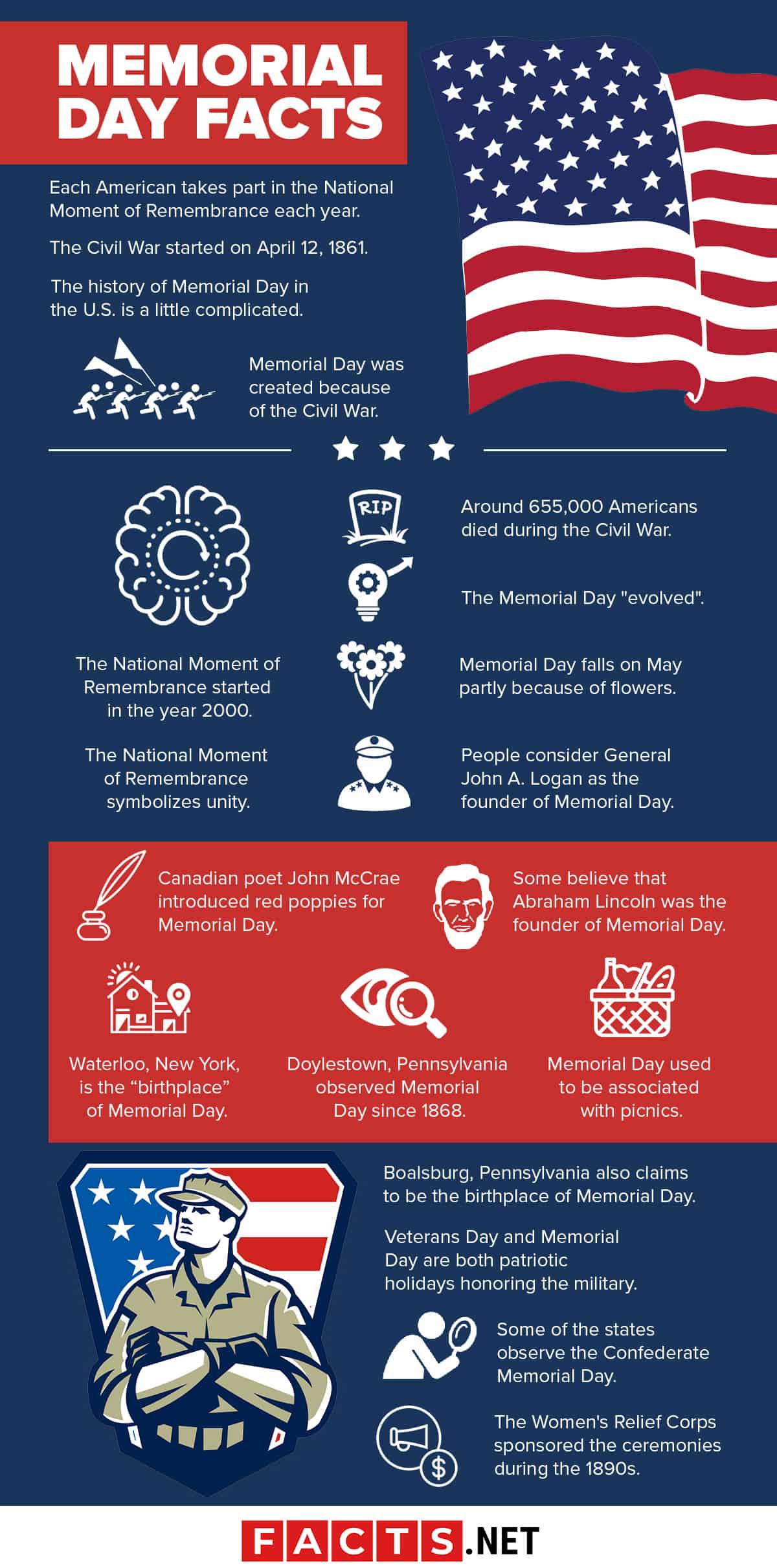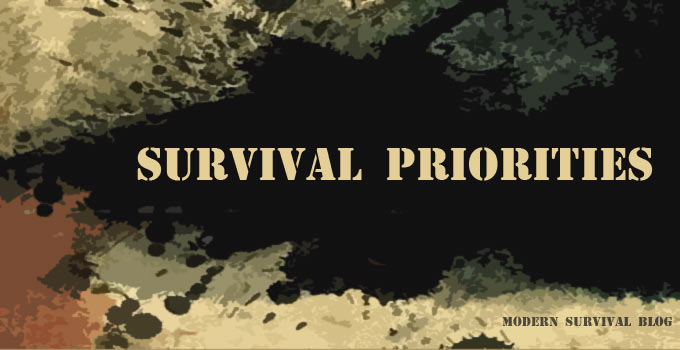Decoration Day Origins: Where Did It Start?

Decoration Day, now widely recognized as Memorial Day, has a rich and poignant history that began in the 19th century as a way to honor the fallen soldiers of the Civil War. This day of remembrance was not born from a single event but rather evolved through various traditions and declarations. Let's explore the origins of Decoration Day and trace how it developed into the national day of observance we know today.
Early Traditions and Local Observances

Long before the term "Decoration Day" was used nationwide, there were several scattered traditions across America where communities would decorate the graves of fallen soldiers:
- In Columbus, Mississippi, in April 1866, women from both the North and South placed flowers on the graves of Civil War soldiers, recognizing a shared grief.
- Charleston, South Carolina, saw one of the first major events in May 1865, where thousands gathered to honor Union troops who died in the local prison. This event is sometimes cited as the first Memorial Day.
- Various towns like Boalsburg, Pennsylvania, and Waterloo, New York, also held early ceremonies where local citizens would visit graveyards to decorate the graves with flowers and flags.
The Official Proclamation

The tradition solidified into a national day of observance on May 30, 1868, when General John A. Logan, Commander-in-Chief of the Grand Army of the Republic (GAR), issued General Order No. 11:
The 30th of May, 1868, is designated for the purpose of strewing with flowers or otherwise decorating the graves of comrades who died in defense of their country during the late rebellion.
Logan chose May 30 because it wasn't the anniversary of any specific battle, thus emphasizing the remembrance over any regional victory or defeat. This date marked the beginning of what would become an annual tradition.
Spread and Evolution

The initial observance of Decoration Day was mainly in Northern states:
- By the late 1860s, Southern states had started to establish their own Confederate Memorial Days, celebrating on different dates to honor their own soldiers.
- In 1873, New York was the first state to officially recognize the holiday, with other Northern states following suit.
- By the 1890s, Decoration Day had become a widely acknowledged event in the United States, though still primarily associated with the Union soldiers.
Becoming Memorial Day

The transition from Decoration Day to Memorial Day was gradual:
- In 1882, the name "Memorial Day" began to appear in some publications, reflecting the day's broader scope.
- After World War I, the day evolved to honor Americans who died in all wars, not just the Civil War, and the term "Memorial Day" became more common.
- It wasn't until 1971 that Memorial Day was declared a national holiday through the Uniform Monday Holiday Act, shifting the date from May 30 to the last Monday in May for a long weekend.
| Year | Event |
|---|---|
| 1868 | General Logan issues General Order No. 11 establishing Decoration Day. |
| 1882 | "Memorial Day" starts to be used interchangeably with Decoration Day. |
| 1968 | Uniform Monday Holiday Act signed into law. |
| 1971 | Memorial Day officially observed on the last Monday in May. |

The Meaning Today

Today, Memorial Day serves multiple purposes:
- It remains a solemn day to honor military personnel who died in service.
- It also marks the unofficial start of summer with various community gatherings, parades, and outdoor events.
- The National Moment of Remembrance encourages Americans to pause at 3 p.m. local time for a minute of silence.
🏵️ Note: While Decoration Day began with a focus on Civil War soldiers, its evolution into Memorial Day shows our nation's growing inclusiveness towards honoring all those who have served.
🌿 Note: Flags are often placed on graves in national cemeteries, and small American flags are placed on each grave in Arlington National Cemetery.
From its inception as a small community practice to honor fallen soldiers to becoming a national day of remembrance, Decoration Day has evolved significantly. It symbolizes not only the individual sacrifice of soldiers but also the collective memory and grief of a nation still healing from the wounds of war. As we observe Memorial Day, we reflect on this journey, from the post-Civil War era to contemporary times, acknowledging the ongoing significance of remembrance, unity, and the sacrifices made by countless American servicemen and women.
What is the difference between Memorial Day and Veterans Day?

+
Memorial Day honors those who died while serving in the United States military. Veterans Day, on the other hand, celebrates all who have served in the military, living or deceased, and commemorates the end of World War I.
Why was Memorial Day changed to the last Monday in May?

+
The change was made under the Uniform Monday Holiday Act of 1968 to create more three-day weekends for workers, which would encourage travel and economic growth. It also aimed to reduce absenteeism by scheduling federal holidays on Mondays.
What are common ways to observe Memorial Day?

+
Common observances include visiting memorials and cemeteries, attending parades, participating in or watching memorial services, flying the U.S. flag at half-staff until noon, and observing the National Moment of Remembrance at 3 p.m. local time.



